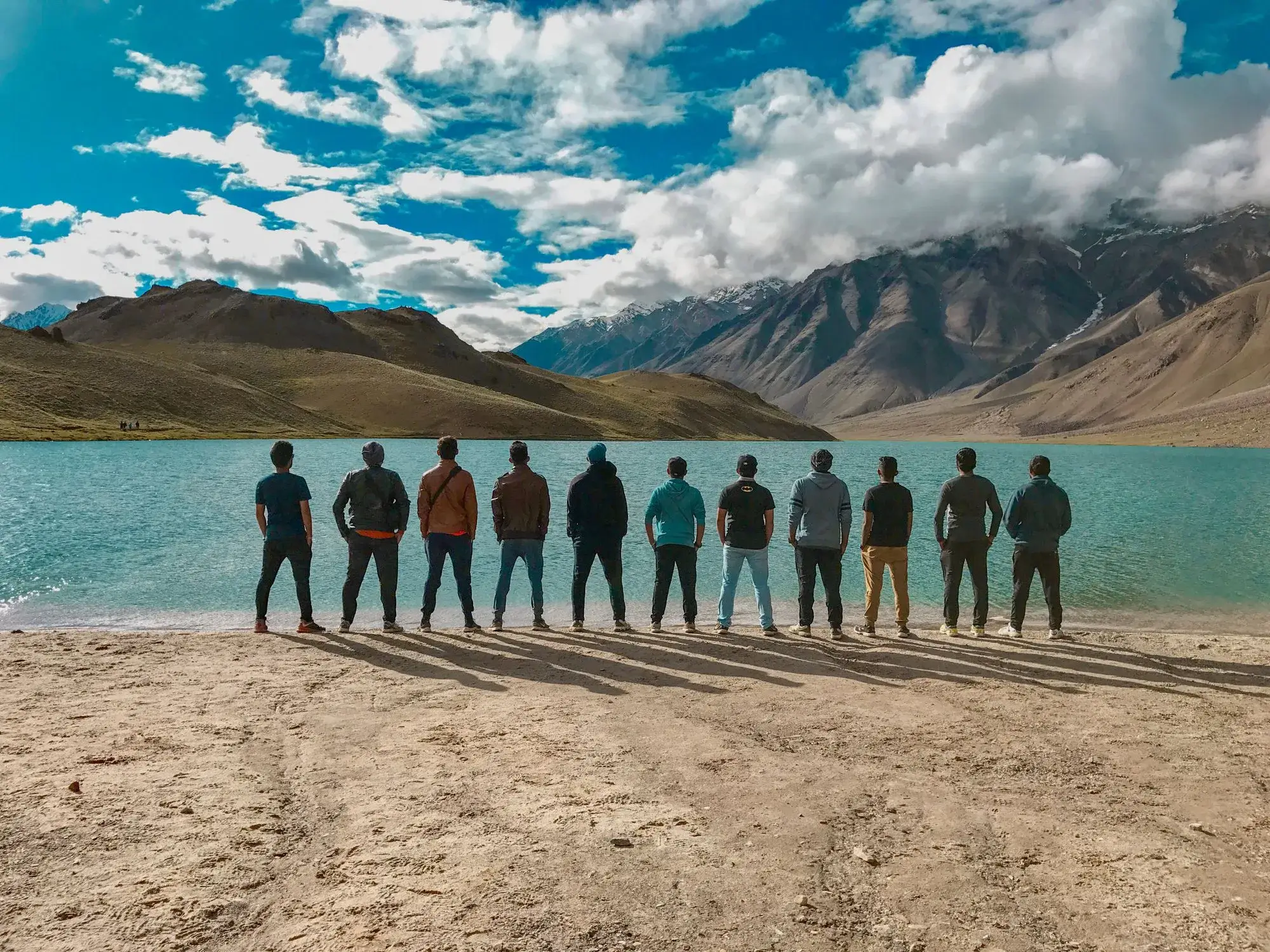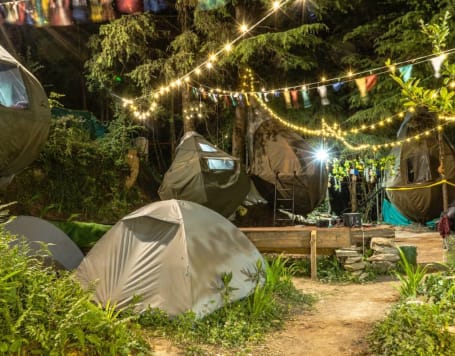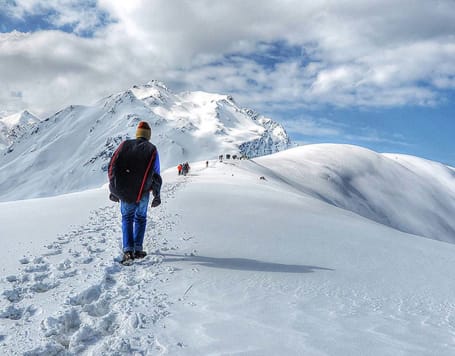One can do following things in Jwalamukhi Devi Temple:
Darshan: The perpetual light that burns devoid of fuel or help is the temple's principal draw.
Nine fires in the temple are devoted to different deities. Visitors to the temple are welcome to
partake in darshan, which is the act of beholding the deity and is regarded as a holy activity
in Hinduism.
Attend Aarti: Aarti is a Hindu ceremony of devotion in which a lamp or light is waved in front
of the god while songs and prayers are spoken. A common pastime among devotees is
taking part in the aarti at the Jwalamukhi Devi Temple.
Take a holy dip: Before entering the temple, worshipers can take a holy plunge in the
Brahma Sarovar, a sacred pond at the temple. The water is said to be spotless and is said to
have medicinal qualities.
Explore the surrounding area: The temple is situated in a picturesque location, surrounded
by hills and forests. Take a look around. Tourists may stroll about the neighborhood and take
in the area's natural beauty.
See local attractions: The Chamunda Devi Temple, Baijnath Temple, and Brijeshwari Temple
are just a few of the renowned temples that can be found in the Kangra area. Tourists can
arrange a trip to these temples to learn more about the customs and culture of the region.
Attend festivals: Navratri and Diwali are only a couple of the seasonal celebrations that
Jwalamukhi Devi Temple hosts. Attending these festivals allows visitors to see the lively and
colorful events.
Savor regional food: The Kangra region is renowned for its delectable regional cuisine,
which includes delicacies like Dham, Siddu, and Pahari Madra. These foods are available for
sampling in neighborhood restaurants and cafés.
































